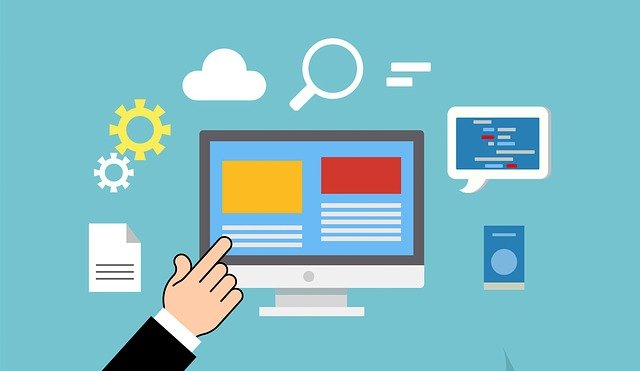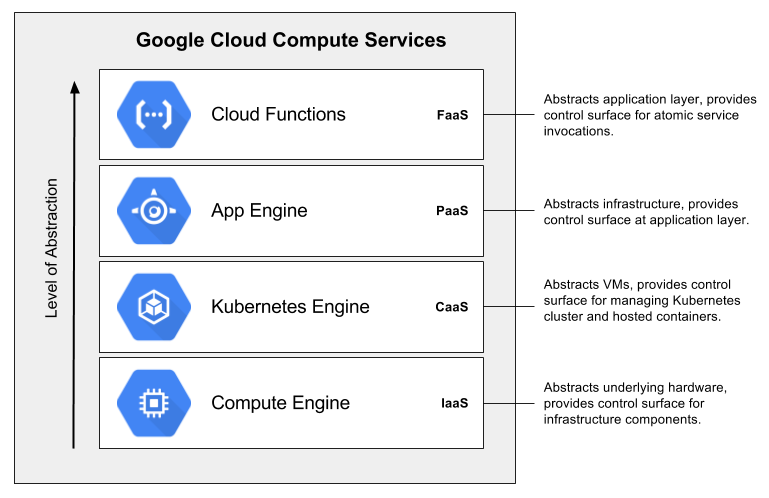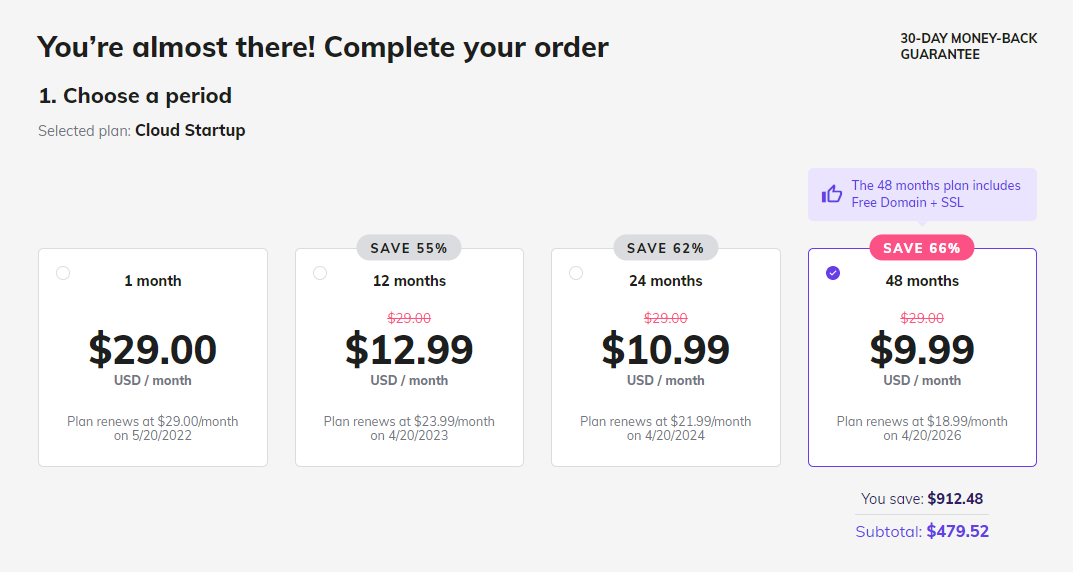
FTP is a standard protocol that allows you to transfer files from a computer server to a client. It uses separate data- and control connections. It is used often to transfer large files like videos from one machine to another. It's based on the client/server model.
Passive mode ftp server
Passive mode is a good option for FTP servers and clients to avoid the trouble of firewalls filtering incoming connections. Passive mode uses two random unprivileged ports to enable the transfer of data between the client and the server. Passive mode is default for WinSCP.

Active mode ftp server
An Active mode FTP client is different from a passive mode. In active mode, the client sends a port number to the server, and the server responds by connecting to it. In passive mode, the server opens a port and waits for a client to connect.
File transfer protocol (FTP).
File Transfer Protocol Server (FTP), can be used for data storage and transfer between clients and servers. The protocol is a standard communication protocol used for transferring computer files. It uses separate control and data connections to transfer data from one end to the other.
NATs
FTP servers and NATs are a tricky issue. To be able dynamically modify control connections and understand protocol protocols, routing devices need to be able. Moreover, they must also maintain state information for data connections. This allows packets arriving at acceptable external addresses to be transparently rerouted towards the internal server.
Firewalls
There are two main types of firewalls available: one for the client and one for the server. The latter is used when the server is running in a private network, while the former is used when the server is on a public network. The main difference between these two is that the former denies all traffic except well-known ports. FTP clients can't connect to the server because of this.

Protocol client-server
FTP is a client/server protocol that allows users send and receive files between computers. FTP can be used in two modes. The ASCII mode is for text and the binary mode is for images. Both use 8-bit bytes. You can specify both modes in the server's settings, or in an allow rule. ASCII mode means that the sending machine sends a file byte by byte and the recipient stores it once it has received it.
FAQ
What is the cost of building a website?
This question will depend on your goals for your website. For instance, if you just want to post information about yourself or your business, you might be able to get away with free services such as Google Sites.
You will likely need to spend more if you want to attract people to your site.
A Content Management System (like WordPress), is the most popular option. These programs allow you to create a website without knowing anything about programming. You won't be hacked because these websites are hosted by third parties.
Squarespace is another way to create a website. The plans range from $5 per month up to $100 per month depending on what content you want to put on your site.
Is web development hard?
Although web development isn't easy, there are many resources online that will help you get started.
You just need to find the right tools for yourself and follow them step by step.
YouTube and other platforms provide many tutorials. There are also free online programs like Sublime Text and Notepad++.
Books can also be found in libraries and bookstores. Some of the most sought-after books are:
"Head First HTML & CSS" by O'Reilly Media
O'Reilly Media's "Head First PHP/Mysql 5th Edition"
Packt Publishing - "PHP programming for absolute beginners"
I hope that this article has been helpful to you.
What is a static site?
Static websites are those where all content is stored on a web server and can be accessed by users via their web browsers.
The term "static", refers to the absence or modification of images, video, animations, and so forth.
This type of site was originally developed for use in corporate intranets but has since been adopted by individuals and small businesses who want simple websites without the complexity of custom programming.
Because static websites require less maintenance, they have grown in popularity. They are simpler to update and maintain than fully-featured websites that have many components (like blogs).
They also tend to load faster than their dynamic counterparts. This makes them great for those who have slow Internet connections or users with mobile devices.
In addition, static sites are more secure than their dynamic equivalents. You can't hack into a static site. Hackers only have access to the data that resides inside a database.
There are two main ways you can create a static web site.
-
Utilizing a Content Management System.
-
Create a static HTML web site
Which one is best for you depends on your needs. I recommend a CMS if you're just starting to create websites.
Why? Because it gives you complete control of your website. You don't even need to hire someone for help setting up your CMS. Upload files to the website server.
You can still learn to code and make a static website. But you'll need to invest some time learning how to program.
What HTML & CSS can I use to create my website?
Yes, you can! You'll need to be familiar with web design concepts and programming languages such HTML (Hyper Text Markup Language), CSS, and CascadingStyle Sheets. These two languages allow you to create websites that can then be viewed by anyone who has access to your internet connection.
How to design your website?
Understanding your customers' needs is the first step. What are your customers looking for?
What problems might they have if they don't find what they're looking for on your site?
After you have this information, you need to find out how to solve the problem. Your site must look professional. It should be easy for users to navigate.
It is important to have a professional-looking website. It shouldn't take too much time for it to load. If it takes too long, people may not be able to stay as long. They'll leave and go elsewhere.
If you're going to build an eCommerce site, you need to think about where all your products are located. Do they all reside in one spot? Or are they scattered around your site?
You must decide whether to sell one product only or many products simultaneously. Are you interested in selling one type of product? Or multiple types?
After you've answered these questions, it is possible to start building your website.
Now it is time for you to concentrate on the technical aspect of things. How will your website work? Will it be fast enough? Can it be done quickly by people using their computers?
Can people buy things without having to pay more? Is it necessary for them to register before they are able to purchase anything?
These are the essential questions you should ask yourself. These are the questions that you need to answer in order to be able move forward.
How do I create my own website?
This will depend on the type and purpose of your website. Do you want to sell products online? Start a blog? Build a portfolio?
A combination of HyperText Markup Language, Cascading Stil Sheets and HTML can create an essential website. Although HTML and CSS can be used to create simple websites, web developers prefer using a WYSIWYG editor like Dreamweaver or Frontpage.
Hire a freelance web developer if your skills are not in-depth. They will help you design a website that suits your specific needs.
Freelancers can charge a flat fee or an hourly rate. The amount of work they do within a certain time frame will affect the cost of hiring a freelancer.
Some companies charge between $50 and $100 per hour. Higher rates will be charged for larger projects.
You can also find jobs on many freelance websites. You can also search on those websites before you reach out to developers.
Statistics
- It's estimated that in 2022, over 2.14 billion people will purchase goods and services online. (wix.com)
- When choosing your website color scheme, a general rule is to limit yourself to three shades: one primary color (60% of the mix), one secondary color (30%), and one accent color (10%). (wix.com)
- In fact, according to Color Matters, a signature color can boost brand recognition by 80%. There's a lot of psychology behind people's perception of color, so it's important to understand how it's used with your industry. (websitebuilderexpert.com)
- At this point, it's important to note that just because a web trend is current, it doesn't mean it's necessarily right for you.48% of people cite design as the most important factor of a website, (websitebuilderexpert.com)
- Studies show that 77% of satisfied customers will recommend your business or service to a friend after having a positive experience. (wix.com)
External Links
How To
How do I get started as a UI Designer?
Two methods can be used to become a UI developer:
-
You can complete school to earn a degree for UI Design.
-
You can also start your own business.
To be able to enter school, it is necessary to attend college/university and complete four years. This covers art, business, psychology, and computer science.
You can also attend classes at state universities and community colleges. Some schools offer tuition-free programs while others charge tuition.
After graduation, you will need to find employment. If you decide to work for yourself, it is important that you build your client base. It is essential to establish a professional network so other professionals know you exist.
You can also look for opportunities to intern at companies that specialize in developing web applications. Many companies hire interns in order to gain valuable experience before they hire full-time employees.
Your portfolio will help to get you more work. Your work samples and details about the projects should be included in your portfolio.
It is a smart idea to send potential employers your portfolio via email.
You will need to market your services as a freelancer. You can also advertise your services via job boards like Guru, Indeed, Guru, Upwork, and Freelance.
Freelancers are often assigned by recruiters posting job openings online. These recruiters seek qualified candidates to fill open positions within certain industries.
These recruiters usually provide a briefing outlining the requirements of the job to the candidate.
While freelancers aren't required to sign contracts for a long time, they can still be paid. If you are looking to make a move, however, it is advisable to negotiate an upfront payment.
Designers prefer working directly with clients over working through agencies. Although this might seem like a great idea, many people lack the necessary skills.
Agency workers have a deep understanding of the industry in which they are working. They also have access to specialized training and resources that allow them to produce high-quality work.
These benefits are not the only ones. Agency workers typically receive a higher hourly wage.
The downside to working with an agency is that you won't have direct contact with the employer.
You must be creative, self-motivated and flexible to succeed as a UI Designer.
It is also important to have great verbal and written communication skills.
UI designers are responsible in designing websites through the creation of user interfaces (UI), as well visual elements.
They also ensure that the site meets users' needs.
This means understanding the needs of visitors and how the site should work.
Wireframes can be created by UI designers with a variety tools. Before they begin designing, wireframing allows them to visualize the page's layout.
It is easy to create your own wireframes using the online templates.
Some designers specialize in UI design alone, while others combine UI with graphic design.
Photoshop is a tool used by graphic artists to edit images.
Adobe InDesign is then used to layout pages and layouts.
Photographers capture images using digital cameras or DSLRs.
They then upload the images to a program for photo editing, where they add text captions and filters.
After taking the photo, the photographer saves it in a file format that is compatible with the website.
It is vital to consider all aspects in the web design process.
This includes research as well planning, wireframing. prototyping. testing. coding. content creation. and publishing.
Research – It is essential to do extensive research before you begin a new project.
Planning - After you have completed your research, it's time to start creating a plan.
Wireframing - A wireframe is a preliminary sketch of a web page or application.
Prototyping-Prototypes ensure that the final product matches your initial vision.
Testing - The prototype should undergo multiple rounds of testing to ensure it works properly.
Coding – Coding is the art of writing computer codes.
Content Creation - This includes everything from managing social media accounts to writing copy.
Publishing is the act of uploading files and making sure that the site can be accessed.
You will be required to study about other projects in order to work as a freelance UX/UI design.
For example, some companies only require wire frames, whereas others require full prototypes.
You might be required to do certain tasks, depending on what type of project it is.
For example, if you're hired to create wireframes, you might be expected to create several wireframes over time.
If you're being hired to create a full prototype, you might be asked to create a fully functional site.
No matter what type of project you are working on, it is important to have good interpersonal skills.
Referrals are the most common way that clients hire freelancers. You must establish solid relationships with potential employers.
You must also be able communicate clearly both verbally as well as in writing.
A portfolio is an important part of any freelancer's arsenal.
It displays your work and shows your ability to produce high-quality results.
Online portfolios can help you do this.
Finding websites similar to yours is the best way to start.
Search these websites to view the details of each site.
Once you have determined the best practices for you, you can begin to adopt them.
It's also useful to include links from your portfolio in your resume.